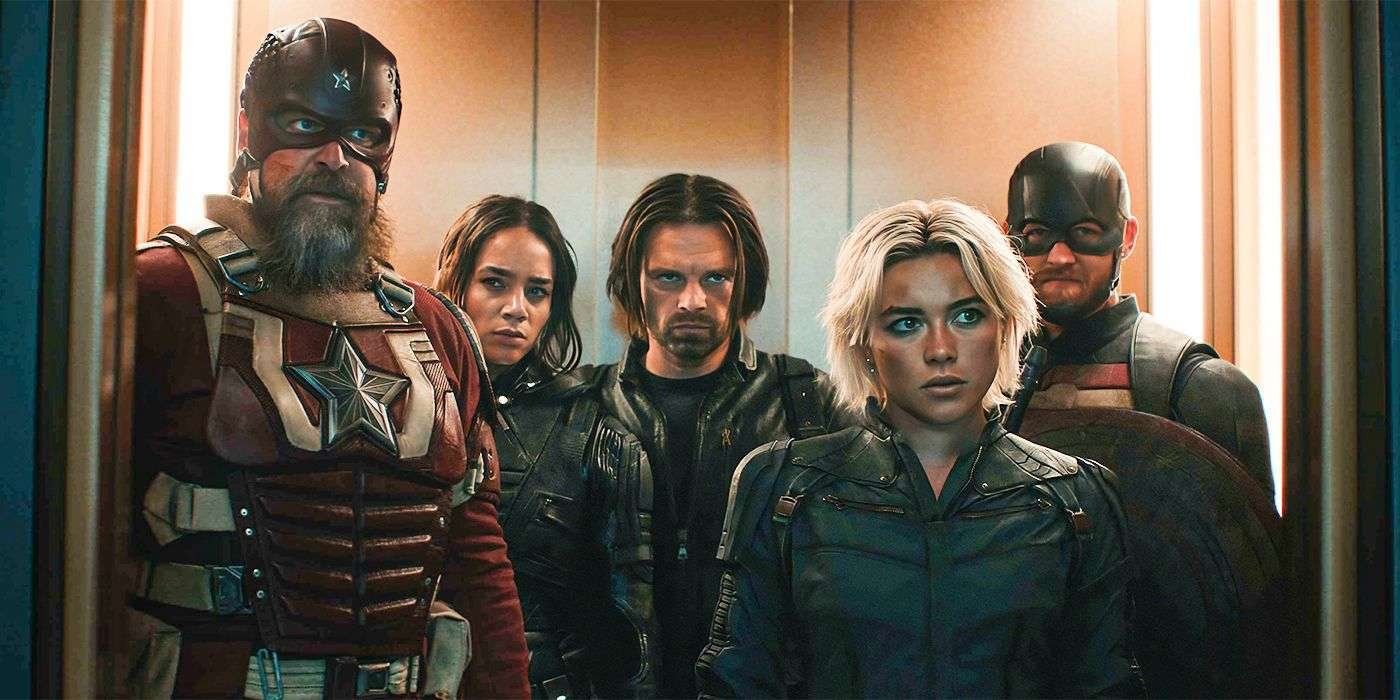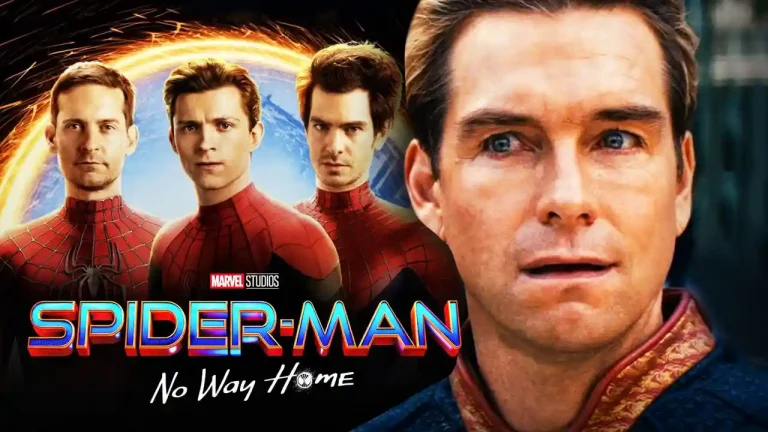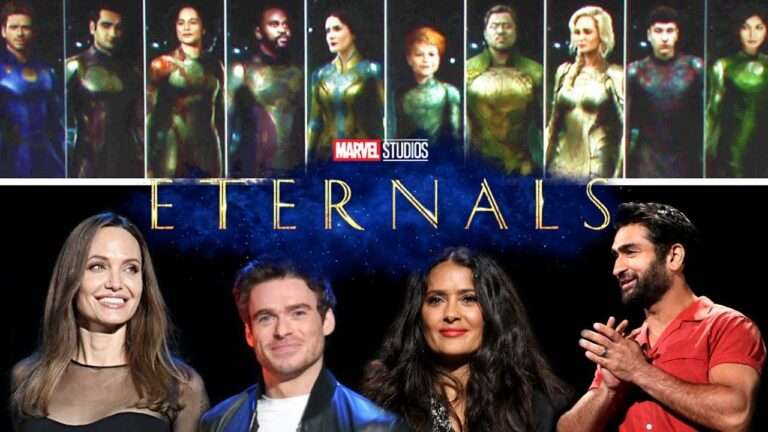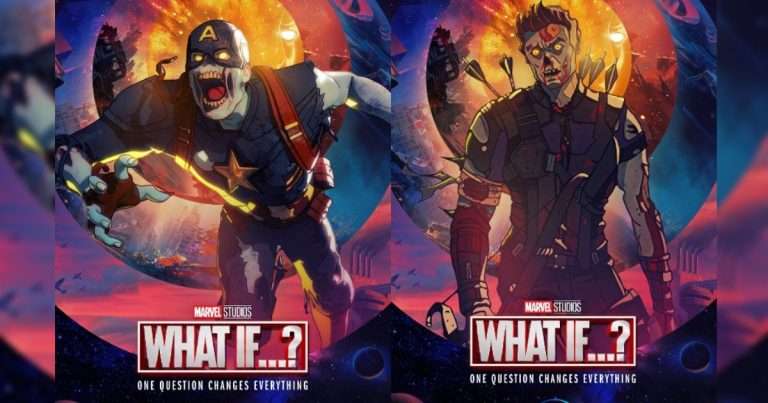Thunderbolts’ Post-Credits Scene Was Almost Completely Different — And It Might Be for the Best

Marvel Studios’ Thunderbolts is finally here, closing out Phase 5 of the MCU with a darker, grounded team-up. But one of the film’s most surprising elements wasn’t even in the main story. It was the post-credits scene. That moment nearly went in a completely different direction, with versions that included Jonathan Majors’ Kang, Baron Zemo, and even a direct callback to Hawkeye.
Now we know what almost happened — and why the final version may be the most important post-credits scene since Endgame.
Kang Was Originally Part of the Thunderbolts’ Post-Credits Plan
Co-writer Eric Pearson revealed in an interview with IGN that one early version of the scene involved Kang the Conqueror. This lines up with what many fans expected, especially after Ant-Man and the Wasp: Quantumania teased the Council of Kangs as a major threat.
Pearson shared:
“So I was throwing together at the beginning a post-credit sequence that had to deal with Kang.”
However, this plan was abandoned. After Jonathan Majors was convicted of assault in 2023, Marvel Studios officially parted ways with the actor. That forced a change in direction, and the studio gradually began moving away from Kang as the central villain of the Multiverse Saga.
A Hawkeye Callback That Came Too Late
Another version of the post-credits scene would have directly connected Florence Pugh’s Yelena Belova to her mission from Hawkeye. You might remember that Valentina Allegra de Fontaine sent Yelena after Clint Barton in that series. Pearson said this idea was seriously considered:
“[Another idea] had to deal with more of a direct relation to the fact that Valentina sent Yelena after Clint Barton, after Hawkeye… But as time passes, you’re like, well, is anyone going to make that connection still to the thing that they haven’t seen in two or three years?”
In the end, Marvel opted not to revisit that subplot. It might have felt too distant from the current MCU timeline and risked confusing general audiences.
Zemo Almost Returned as a Puppet Master
One of the more exciting ideas involved Daniel Brühl’s Baron Zemo, a fan-favorite from The Falcon and the Winter Soldier. Although Brühl claimed he wouldn’t be in Thunderbolts, Pearson confirmed a post-credits version once had Zemo acting as a behind-the-scenes manipulator:
“There was definitely a tag that I did a million years ago where Zemo is like Keyser Söze. Like he’s been pulling the strings from prison in some way.”
Unfortunately, that concept didn’t survive the early brainstorming phase.
What Actually Made It to the Final Scene
Spoiler Warning: The rest of this section includes details from the final post-credits scene of Thunderbolts.
The final version was filmed just weeks before the movie’s release, directed by Avengers: Doomsday filmmakers Anthony and Joe Russo. In this scene, the new Avengers team watches footage of the Thunderbolts in action. The group debates whether Sam Wilson’s leadership can handle a threat like this — until a surprise arrival changes everything.
The Fantastic Four appear, officially entering the MCU timeline and setting the stage for the next chapter. But the biggest shock? Robert Downey Jr. is back, not as Tony Stark, but as Victor von Doom — a multiversal twist that has completely changed the MCU’s direction.
Why This Is a Better Ending for Thunderbolts
In the past, many post-credits scenes set up teases that never paid off. After Endgame, fans have waited years for hints about mutants, Blade, or Kang to lead to something real. Instead, they were often left hanging.
This time, Marvel made a bold pivot. By removing Kang and centering the teaser around Fantastic Four and Avengers: Doomsday, Marvel has created a scene that connects directly to what’s coming next — and it gives Thunderbolts a stronger sense of purpose within the larger narrative.
The Future Is Here
Thunderbolts may have started as a team-up of morally grey heroes, but it ends with a clear shift into the next MCU era. The presence of Doom and the Fantastic Four makes it clear: this is no longer the Multiverse Saga as we knew it.
It’s something new. And for many fans, that’s exactly what the MCU needed.






